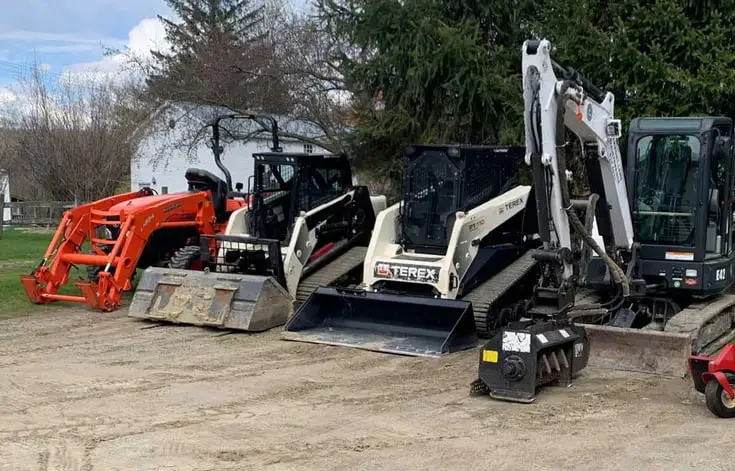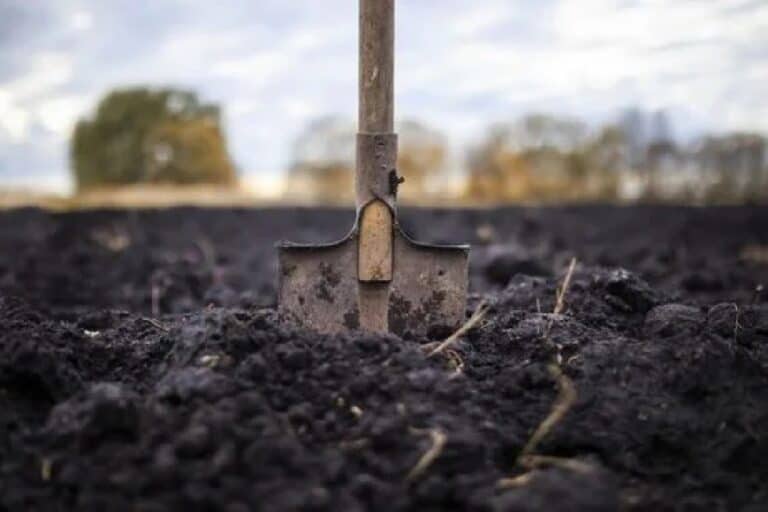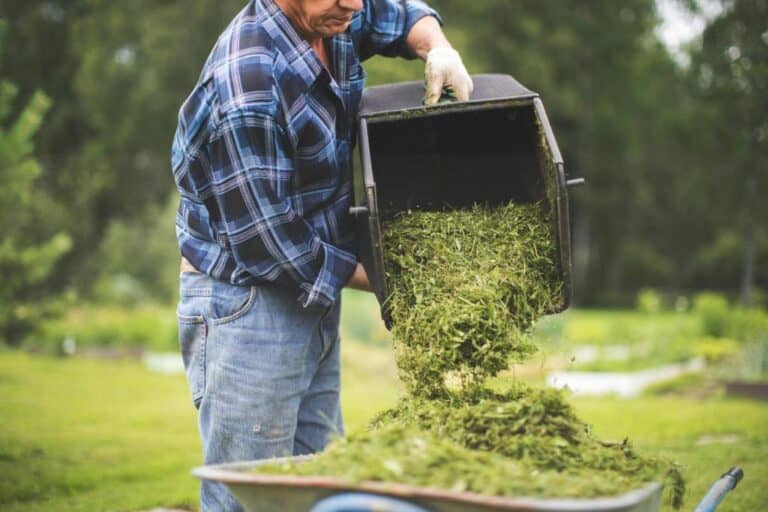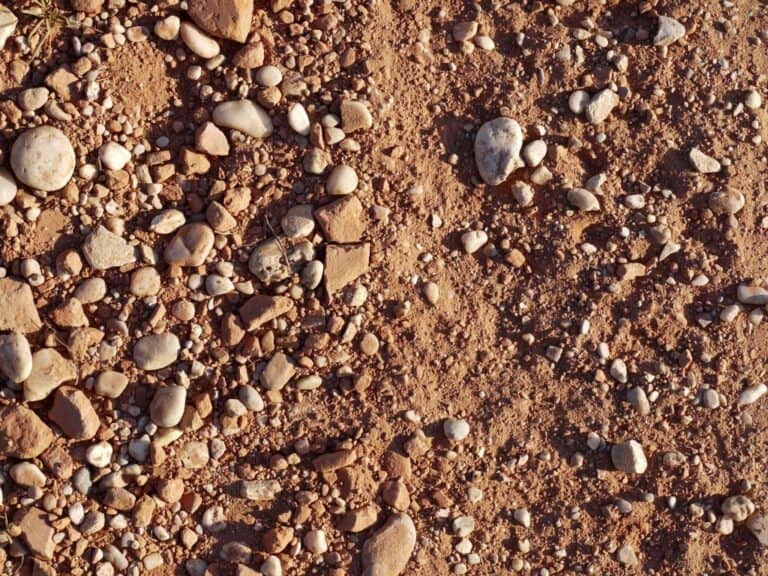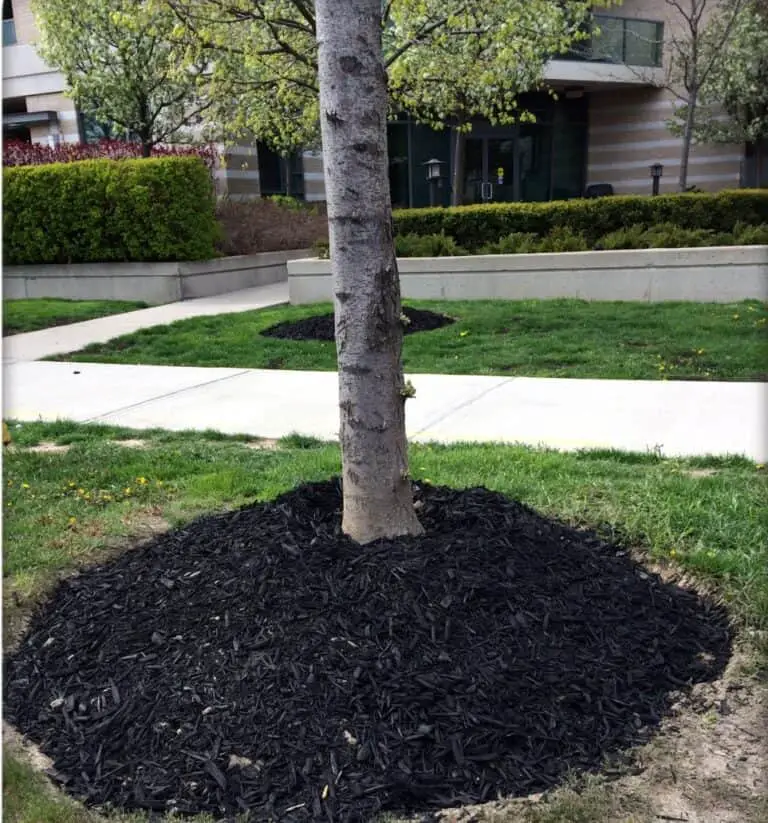Green Manure vs. Animal Manure: What Are the Differences?
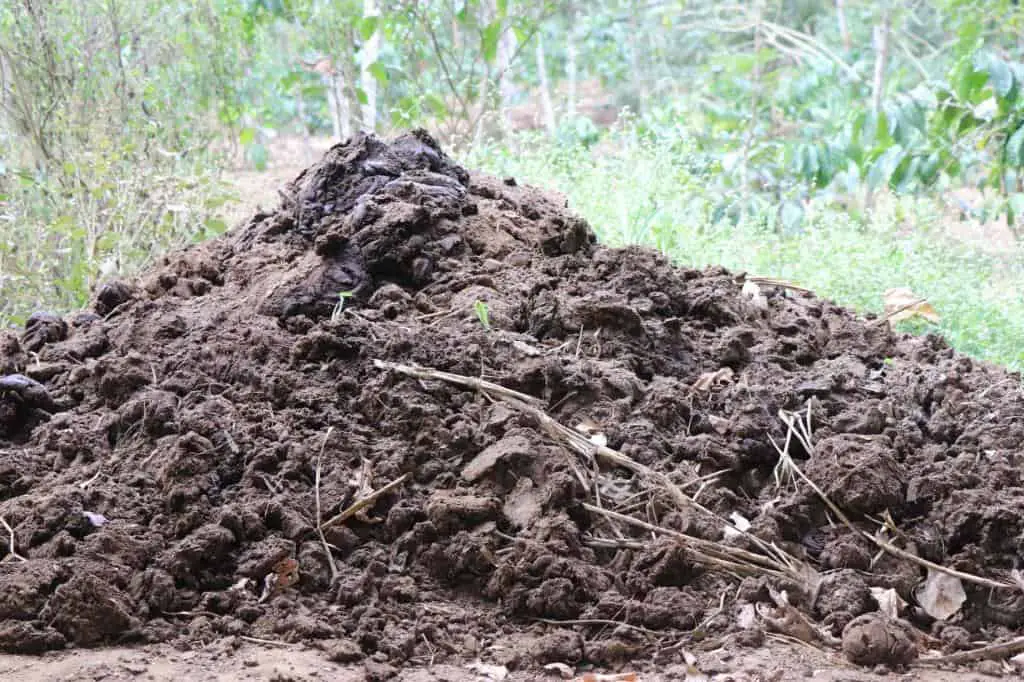
In the world of agriculture, soil fertility is like a secret ingredient that holds the key to bountiful harvests. Farmers and gardeners alike strive to nourish their fields with natural supplements. The supplements can replenish vital nutrients and promote healthy plant growth.
Two common methods for boosting soil fertility are through the use of green manure, often in the form of cover crops, and animal manure.
Green manure is gaining popularity as an organic approach to farming. Animal manure has been used for centuries as a rich source of nutrients. But what exactly are the differences between these two techniques?
This article explores sustainable agriculture practices. It unearths the distinct characteristics, benefits, drawbacks, and diverse applications of green manure and animal manure.
Have you ever wanted to use nature’s power to improve your crops or protect the soil? Now you can learn how to garden better!
Join us as we embark on a journey to explore fascinating soil-enrichment methods. Farmers around the globe covet these methods. Discover which method may be best suited for your own agricultural pursuits or gardening adventures. It’s time to dig deep into the world of green manures versus animal manures!
Understanding Green Manure
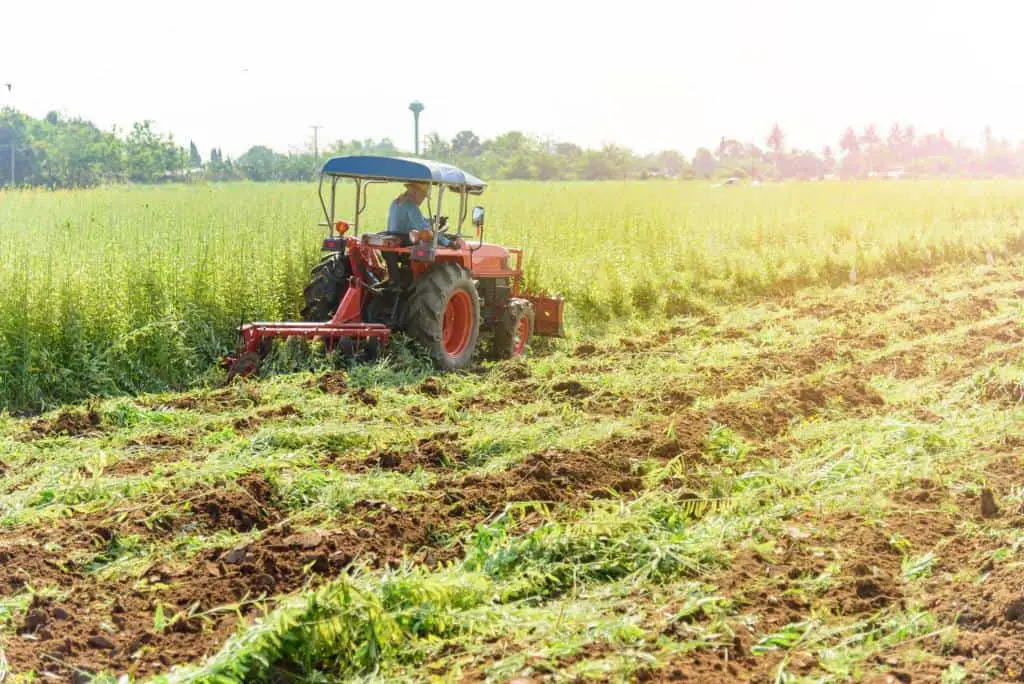
Definition and Purpose of Using Green Manures
Green manure refers to the practice of planting specific crops with the intent of improving soil health and fertility. These cover crops are typically grown during fallow periods or as companion plants alongside cash crops.
Green manures in organic farming nourish the soil by adding organic matter, increasing nutrient levels, enhancing moisture retention, and promoting beneficial microorganisms.
Types of Plants Used as Cover Crops
There are numerous plant species that can be used as green manures, each offering unique benefits. Legumes such as clover, alfalfa, and vetch have nitrogen-fixing abilities. This helps replenish the vital nutrients in the soil. Brassicas like mustard and radishes are known for their biofumigant properties when incorporated into the soil – natural compounds released from these plants suppress harmful pathogens and pests. Grasses, such as rye grass, provide excellent erosion control. This is because of their extensive root systems that prevent topsoil runoff.
Benefits Provided by Green Manures
Using green manure has one standout advantage. They can fix atmospheric nitrogen through a process called nitrogen fixation. This means they convert abundant atmospheric nitrogen into forms easily used by plants for growth. It reduces reliance on synthetic fertilizers and maintains a healthy nutrient balance in the soil.
Green manures also act as effective weed suppressants. They smother weed growth by competing for sunlight resources. They also improve water infiltration rates while preventing erosion by protecting against heavy rainfall or wind events.
Exploring Animal Manures
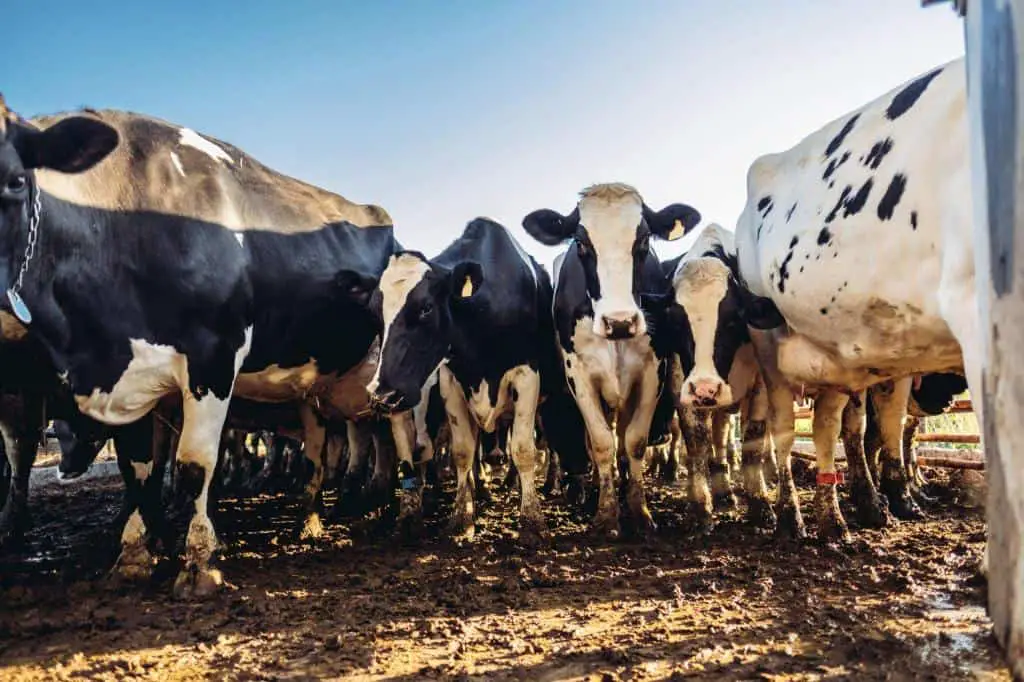
Overview of Different Types of Animal Manures Commonly Used in Agriculture:
Animal manure, derived from livestock such as cows, pigs, chickens, and horses, has been a traditional source of soil fertility for centuries. Different types of animal manure have varying nutrient compositions due to differences in animal diets and digestion processes.
For instance, cow manure is rich in nitrogen (N), phosphorus (P), and potassium (K), making it suitable for crops that require balanced nutrition. On the other hand, chicken manure is higher in nitrogen content but lower in phosphorus and potassium.
Advantages Associated with Using Animal Manure
Using animal manure as a fertilizer offers several benefits for sustainable farming practices. Firstly, its nutrient composition promotes healthy plant growth. It supplies vital macronutrients like nitrogen and phosphorus, necessary for crop development. Additionally, the organic matter present enhances soil structure and moisture retention capacity while reducing erosion risks.
Moreover, animal-manured soils foster microbial activity. This is due to the presence of beneficial bacteria and fungi. They break down nutrients into forms easily absorbed by plants’ roots. Furthermore, nutrient cycling occurs when plants take up these nutrients through their roots, eventually returning them to the soil after harvest or decomposition.
These advantages make animal manure a valuable resource for farmers. They are seeking to improve soil health naturally.
Comparison Between Green Manures and Animal Manure
Green manure and animal manure are both used to improve soil fertility in sustainable farming practices. However, they differ in terms of their sources and characteristics. Let’s take a closer look at the key differences between these two types of organic fertilizers.
Green manures, also known as cover crops, are plants grown specifically to be incorporated into the soil as a source of nutrients. These crops are typically selected for their ability to fix nitrogen from the atmosphere. They also add organic matter to the soil when they decompose. Green manures include legumes like clover or vetch, grasses like rye or barley, and brassicas like mustard or rapeseed.
On the other hand, animal manure refers to any type of waste that livestock animals like cows, pigs, chickens, or horses poo produce. Animal manures can provide valuable nutrients like nitrogen, phosphorus, potassium, and micronutrients necessary for plant growth. This is when properly composted or aged before application. However, it is important to note that different types of animal manures have varying nutrient compositions due to differences in diet and management practices.
Using green manure has an advantage. They can reduce soil erosion. They protect bare ground from wind and water erosion. This happens during periods when cash crops are not growing. Additionally, green manures can suppress weeds through competition for light resources. They also improve soil structure by enhancing its water-holding capacity and drainage properties.
a. Sustainability Considerations:
When considering the sustainability of fertilizers, it is vital to assess their impact on greenhouse gas emissions. Animal manure has a higher potential for emitting greenhouse gasses compared to green manure.
This is due to the decomposition process of organic matter in animal manure. It produces methane and nitrous oxide, which are potent greenhouse gases. On the other hand, green manure crops absorb carbon dioxide during photosynthesis, helping mitigate its release into the atmosphere.
b. Application Methods:
Best practices for incorporating green or animal-based fertilizers into farm systems
The application methods differ between green and animal-based fertilizers. For green manure, they are typically grown as cover crops that are later incorporated into the soil through tilling or mowing. The timing of incorporation depends on factors such as crop rotation plans and desired benefits. Animal manures can be applied directly to fields as raw materials. They can also be composted before application to enhance their nutrient content and reduce any potential pathogens.
c. Nutrient Availability:
One significant difference between green manure and animal manure lies in their nutrient availability patterns. Green manures capture nitrogen from the air through a process called biological nitrogen fixation. This makes nitrogen readily available when it decompose in the soil post-incorporation.
Soil with animal manure relies heavily on microbial activity. The microbes break down complex organic matter into plant-available nutrients like nitrogen over time.
d. Farm-Specific Uses:
Choosing between these fertility enhancers highly depends on farm-specific requirements and goals.
For instance, if quick-release nutrients are needed immediately after planting winter cover crops or establishing new gardens, fast-growing vegetables demand high levels of nutrition. Then, well-aged, composted animal-rich sources, like chicken manure and cow manure, would be more effective. They hold readily bioavailable nutrients.
Green manure is ideal for long-term soil improvement. This is particularly true for perennial crops or orchards. Organic matter content of the soil needs to increase gradually over time. It is also crucial to improve water-holding capacity.
| Related: Is Composted Horse Manure Good for Tomato Plants? |
Weed Control
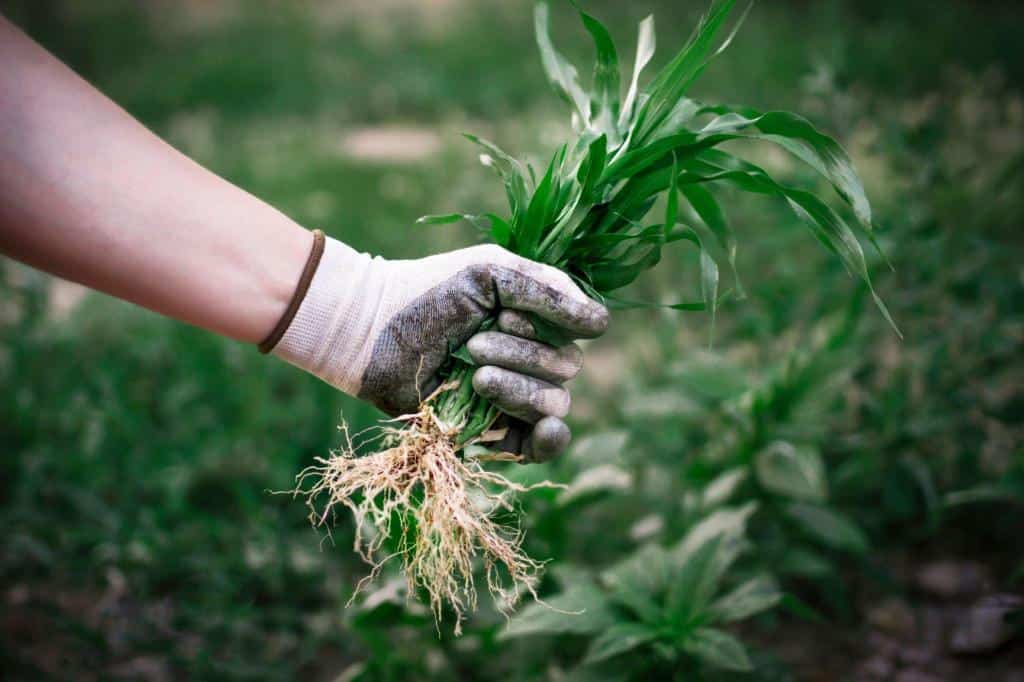
Keeping weeds under control is a constant battle for farmers and gardeners alike. Fortunately, both green manure and animal manure can play a role in suppressing weed growth. Green manure, also known as cover crops, is especially effective at outcompeting weeds by shading the ground and reducing sunlight penetration. Certain cover crops, like winter rye or hairy vetch, have allelopathic properties that inhibit weed germination and growth.
On the other hand, animal manure contains viable weed seeds that can end up in your soil if not properly composted or processed beforehand. While it provides valuable nutrients to the plants, using raw animal manure can potentially introduce additional weed problems into your field or garden beds.
Therefore, it’s important to ensure that any animal manure used has gone through proper composting or digestion processes to kill off those weed seeds.
Leaf Coverage Effects
Both green manure and animal manure are very important for sustainable farming. They improve soil fertility. However, one aspect that sets them apart is the leaf coverage effect they have on the soil. The main purpose of growing green manure, also referred to as cover crops, is to cover and shield bare soil from wind and water erosion. With their dense foliage covering the ground, green manure crops act as a natural barrier against raindrops and strong winds that can displace topsoil.
Furthermore, green manure plants contribute to increasing organic matter in the soil. They do this through their fallen leaves. As these leaves decompose over time, they release essential nutrients back into the earth, enriching its overall nutrient content. This process not only enhances soil fertility but also improves its structure by increasing moisture retention capabilities and promoting beneficial microbial activity.
In contrast, while animal manure also adds organic matter to the soil when applied correctly, its leaf coverage effects differ significantly from those of green manure. Animal waste does not provide physical protection against erosion like cover crops do, but instead serves as a concentrated source of nutrients for plant growth.
When animal manures are appropriately composted or aged before application to fields or garden beds, they undergo partial decomposition. This kills harmful pathogens while retaining valuable nutrients necessary for plants’ health.
Effectiveness Over Time
There are important differences between green manure and animal manure when it comes to how well they work. Green manure, such as cover crops like clover or legumes, is planted directly into the soil. It is left to grow for a specific period before being incorporated back into the soil. As these plants grow, they not only add organic matter but also capture and fix nitrogen from the atmosphere through their root systems.
One of the advantages of green manure is its ability to improve soil structure gradually over time. By adding organic matter regularly and consistently through cover cropping, farmers can enhance soil fertility by improving moisture retention, nutrient availability, and drainage over multiple seasons. However, it’s crucial to select the right green manure crop for specific needs since some may take longer than others to decompose fully.
On the other hand, animal manure offers immediate benefits due to its high nutrient content. It provides an instant boost of nitrogen, phosphorus, potassium (NPK), and various micronutrients that facilitate plant growth. Applying well-aged or composted animal manures can rapidly improve soil fertility and increase crop yields in a relatively short span.
Nevertheless, unlike green manures that have long-term benefits for overall soil health when used consistently over several growing seasons, continuous reliance on large amounts of animal manure alone may lead to imbalances in nutrient levels or pH in soils if not correctly managed or supplemented with other soil amendments.
Potential Drawbacks And Constraints
Green manure and animal manure offer many soil fertility benefits. However, using these organic fertilizers has potential drawbacks and constraints.
One of the main challenges with green manure is timing. Cover crops need to be sown ahead of the main crop season, which requires careful planning and management. If they are not timed correctly, cover crops may compete with cash crops for nutrients, water, and sunlight.
Another constraint of using green manure is that certain species can become invasive if not properly managed. For example, legume cover crops like clover or vetch have nitrogen-fixing capabilities but can spread rapidly if left unchecked. This means farmers must monitor the growth of their cover crops closely to prevent them from taking over cultivated areas.
On the other hand, animal manure presents its own set of challenges as well. One concern is proper storage and handling to prevent odor issues or contamination of surrounding water sources. Additionally, raw animal manure contains pathogens such as E.coli or Salmonella that can pose health risks if vegetables are consumed without thorough washing and cooking.
Furthermore, managing nutrient ratios can be more challenging with animal manure compared to green manure. This is because its composition varies depending on factors such as diet or bedding materials used in livestock farming systems.
Green Manure vs. Animal Manure: Which is the Better Choice?

Both green manure and animal manure are valuable sources of organic matter and nutrients. They improve soil health and fertility in sustainable agriculture. However, they differ in their composition, application methods, and benefits.
Green manure refers to cover crops that are grown specifically to be incorporated into the soil while still green or shortly after flowering. These plants typically belong to legume or grass families such as clover, peas, rye, or buckwheat.
Green manures are beneficial because they fix nitrogen from the atmosphere through their symbiotic relationship with nitrogen-fixing bacteria found within their root nodules. When these cover crops are tilled into the soil, they add organic matter. This contributes to improved soil structure and water retention capabilities.
On the other hand, animal manure refers to waste products produced by livestock animals like cows, pigs, chickens, or horses. It is a concentrated source of essential nutrients. These include nitrogen (N), phosphorus (P), and potassium (K), along with many micronutrients necessary for plant growth.
While it may contain weed seeds if not properly composted or managed carefully when applied directly to fields, animal manures can provide immediate nutrient availability for plants.
The choice between using green manure or animal manure depends on various factors. These include specific crop requirements, existing soil conditions, nutrient demands of previous crops grown, and other variables unique to each farm operation. Understanding both options provides farmers with more tools in their arsenal for enhancing sustainable farming practices

